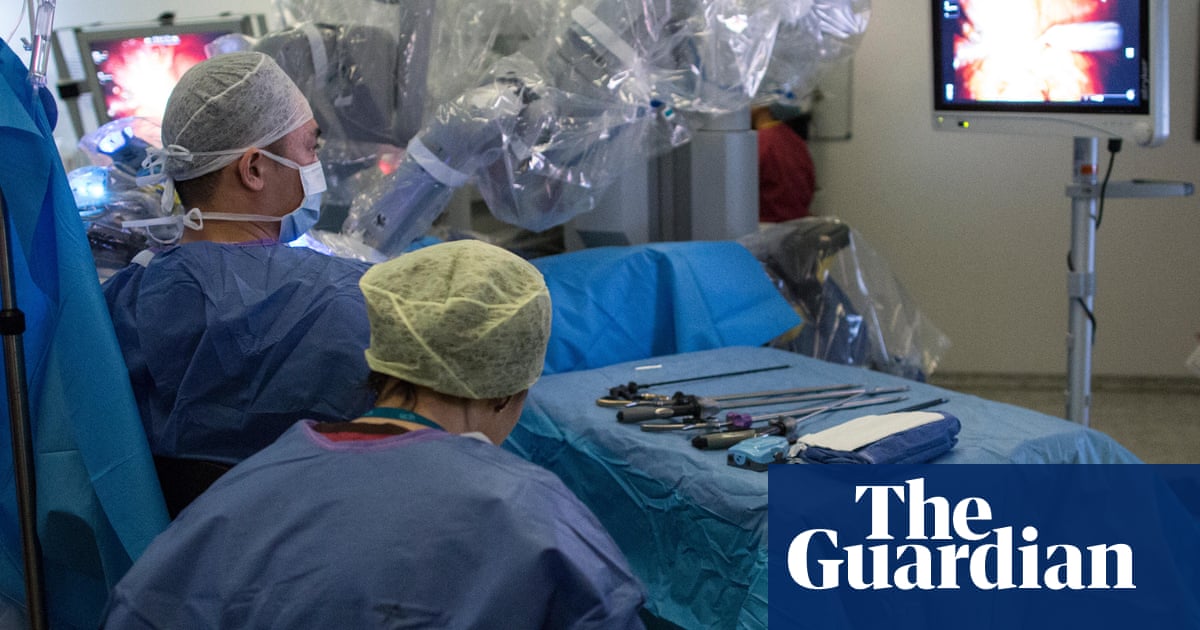Air investigators will have an open mind on what could have caused the crash.
The Boeing 787 Dreamliner has a stellar safety record. This is the first fatal crash.
53 Britons on board India-UK flight; follow latest
And both pilots were experienced, with more than 9,000 flying hours between them.
So what could have gone wrong?
Please use Chrome browser for a more accessible video player
Read more
What we know so far about plane crash
Moments before plane came down
Contact was lost with AI171 just seconds after it took off, when it was at an altitude of just 190m (623ft).
The two engines should have been working at maximum thrust to gain the speed needed to lift 242 people and a plane-load of fuel off the ground.
But video shows the aircraft failed to climb. Its nose should have been pointed upwards, and the plane accelerating. But it was flying level and then it descends, lifting its nose almost as if it was coming in to land.
Investigators will be studying the video and the two black boxes recording cockpit conversations and technical data to try to understand why.
It's possible there was an engine failure of some kind, perhaps caused by a catastrophic mechanical fault. But the plane is designed to be able to fly with one engine, even at take-off, so something else would have to go wrong too.
Both engines could have failed if they sucked in a flock of birds as the plane took off. It's happened in other air crashes.
Please use Chrome browser for a more accessible video player
Investigators will also be checking that the pilots - and the plane's computers - were also receiving the correct data from all the sensors on board, and that there was no problem with the avionics, or electrical systems, on board.
Experienced pilots who have studied the video of the plane struggling to gain altitude have told Sky News that the flaps on the wings appear not to be set in the normal take-off position.
The flaps at the back of the wing need to be extended at the relatively low speeds of take-off and landing to increase the 'lift', the difference in air pressure that keeps an aircraft airborne. It's another factor air crash investigators will look at.
But they will be working swiftly to pinpoint the cause. The Dreamliner is used worldwide by dozens of airlines, and they will want to know whether there is a wider problem or that this was just a catastrophic one-off.

 1 day ago
2
1 day ago
2












 English (US)
English (US)